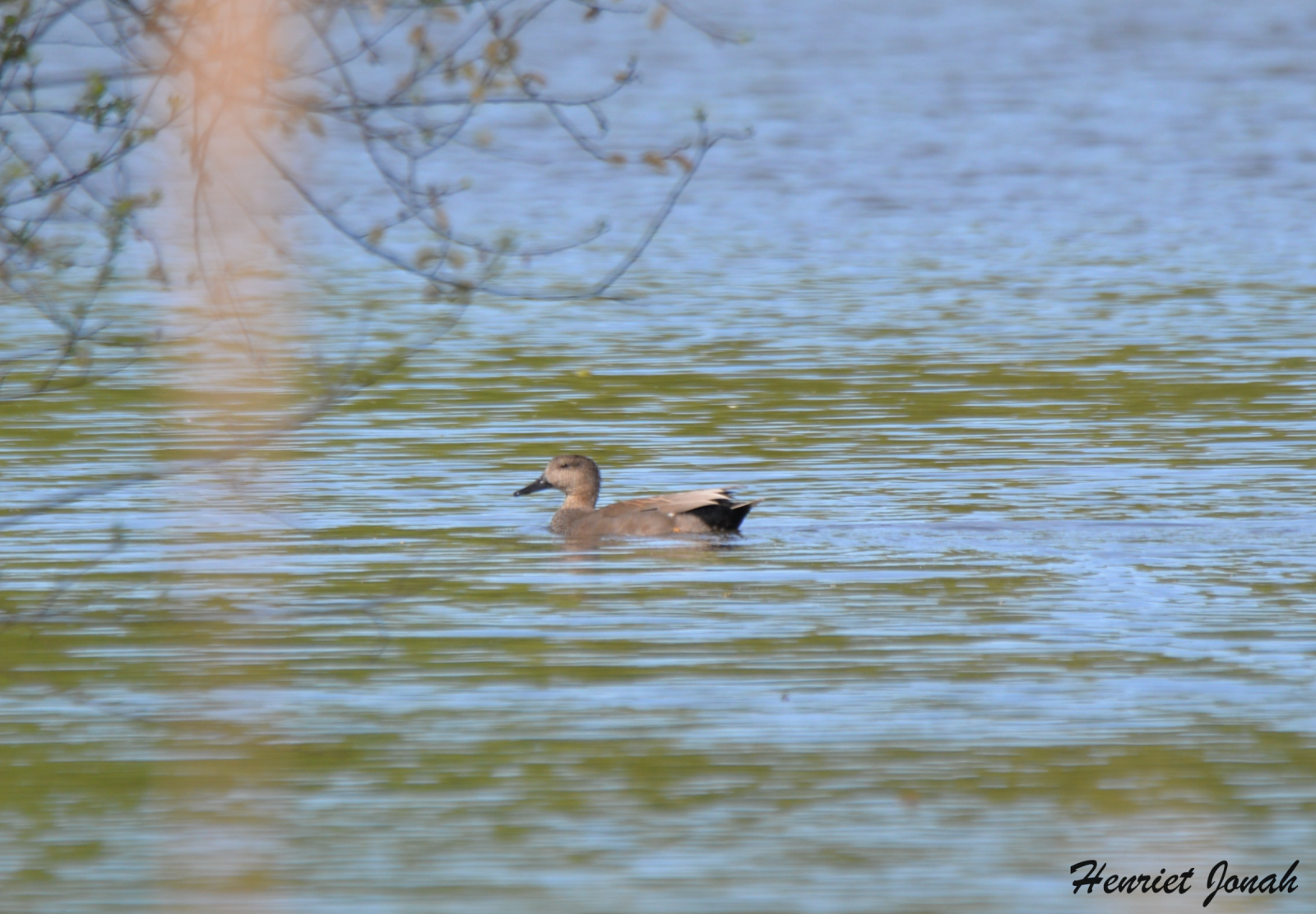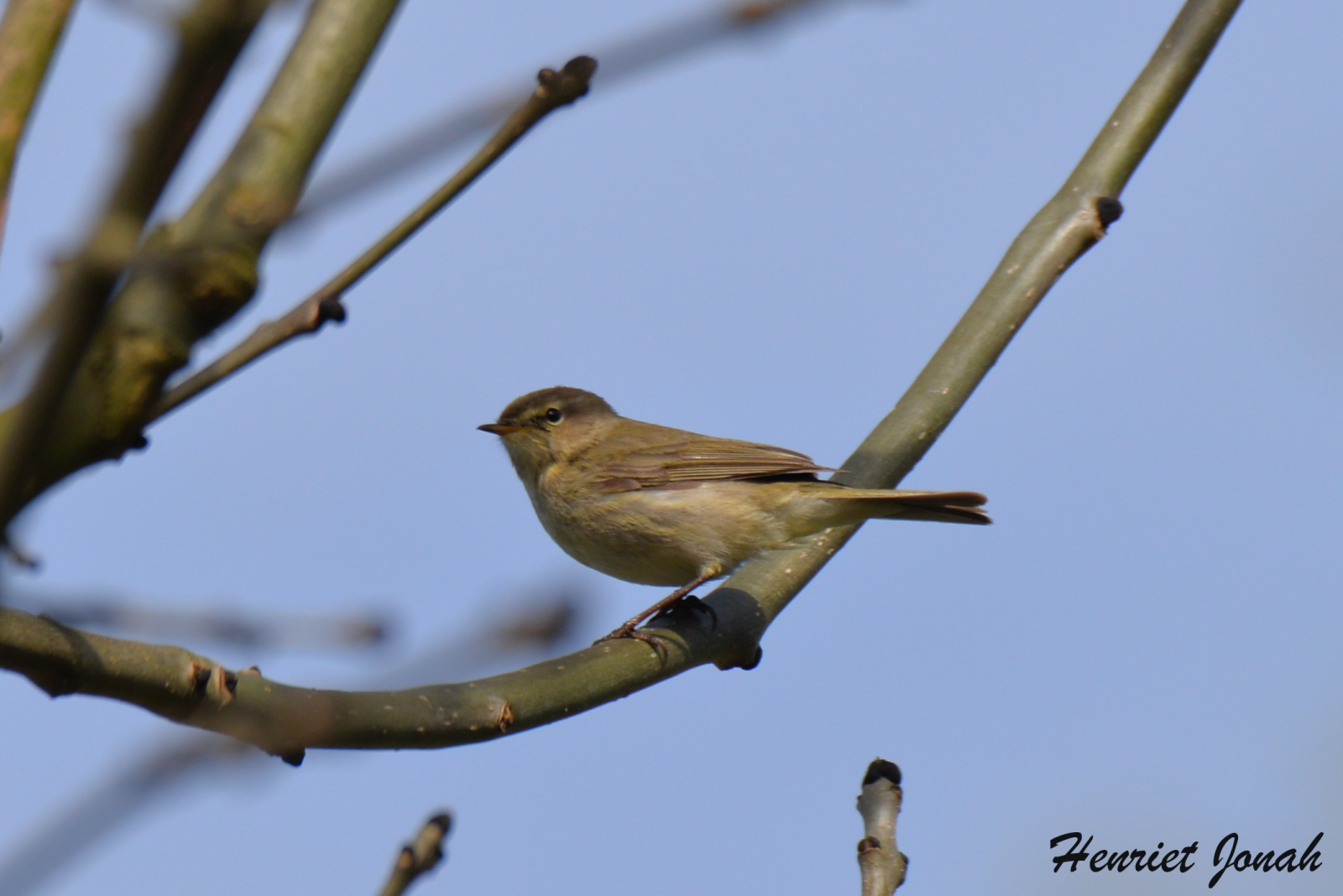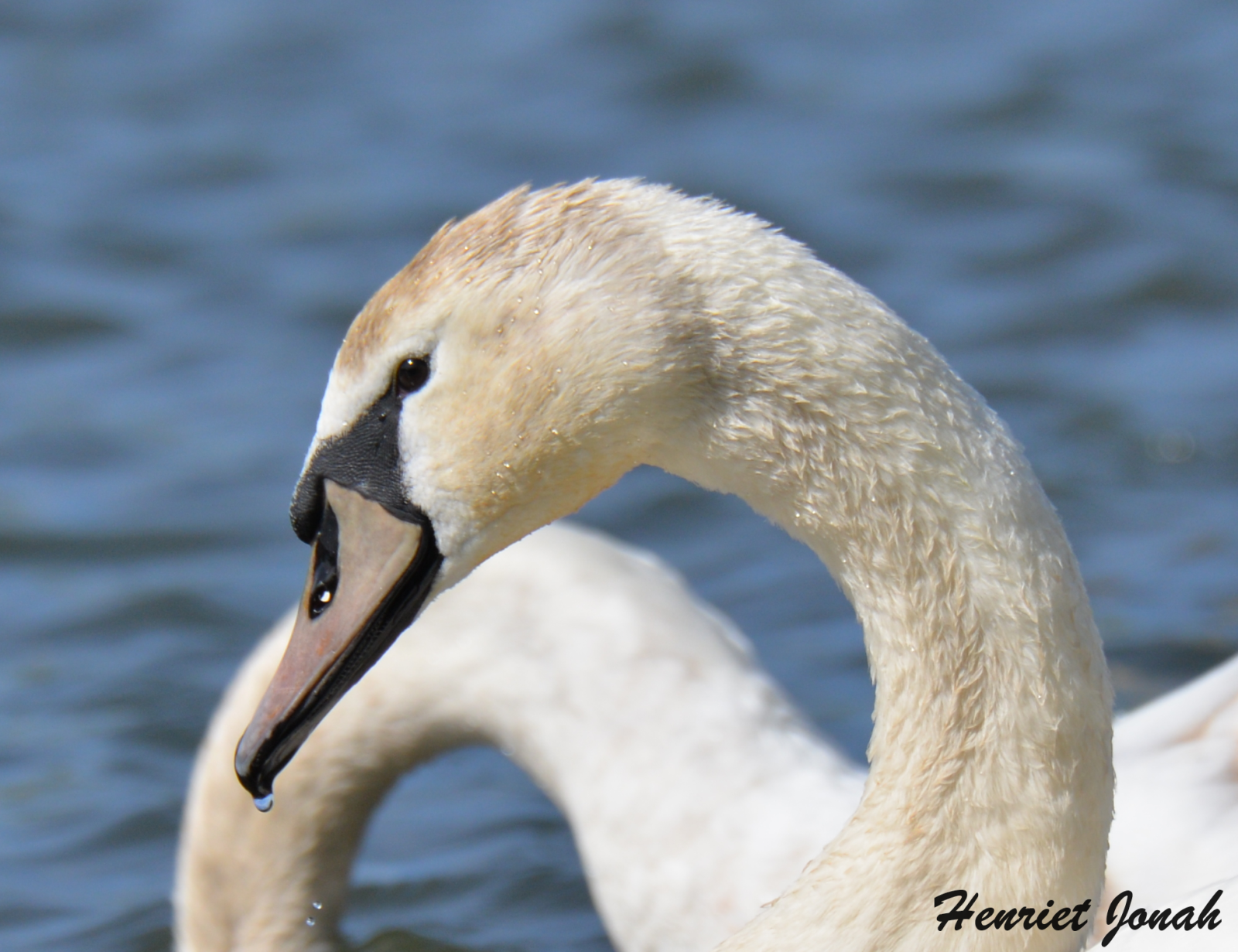Opis
Noue de Moignelée is an old meander of the river Sambre, before its channeling. It is dominated to the north by a steep and entirely wooded slope, while the flat southern bank is maintained for angling. The vegetation is relatively well developed and notably includes fringes of broad-leaved cattails and aquatic glyceria, interrupted by a few large willows and alders. Among the birds you can expect are Płaskonos, czernica, potrzos, słowik rdzawy, zimorodek, perkozek, kszyk and samotnik as well as numerous dragonflies. Between the old meander and the Sambre there is marshy land which has been put back under water and also interesting to check out.
_________________________
Français: La noue de Moignelée est un ancien méandre de la Sambre, avant sa canalisation. Entre la noue et la Sambre se trouve un terrain marécageux qui a été remis sous eau, un coin de nature à côté de l’ancien charbonnage de Bonne Espérance.
Szczegóły
Dostęp
Noue de Moignelée is located on the river Sambre between Charleroi and Namur. You can park near the cemetary. Click on the P in the map for directions.
_________________________
Français: La Noue de Moignelée est située sur la rivière Sambre entre Charleroi et Namur. Vous pouvez vous garer près du cimetière. Cliquez sur le P sur la carte pour accéder à la place de stationnement.


